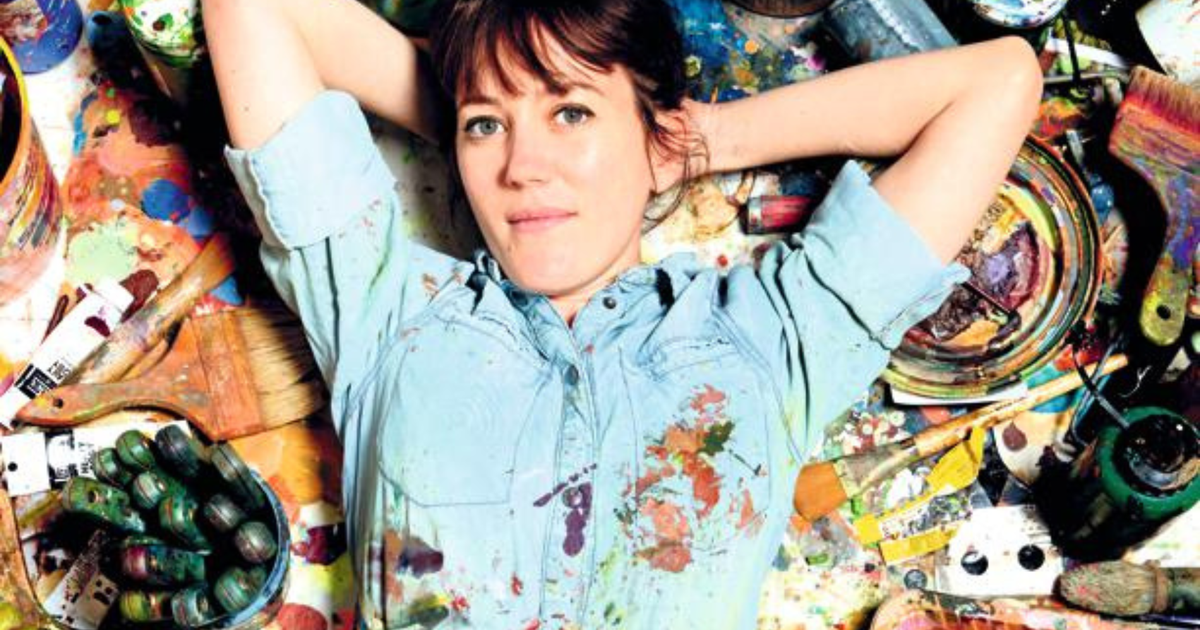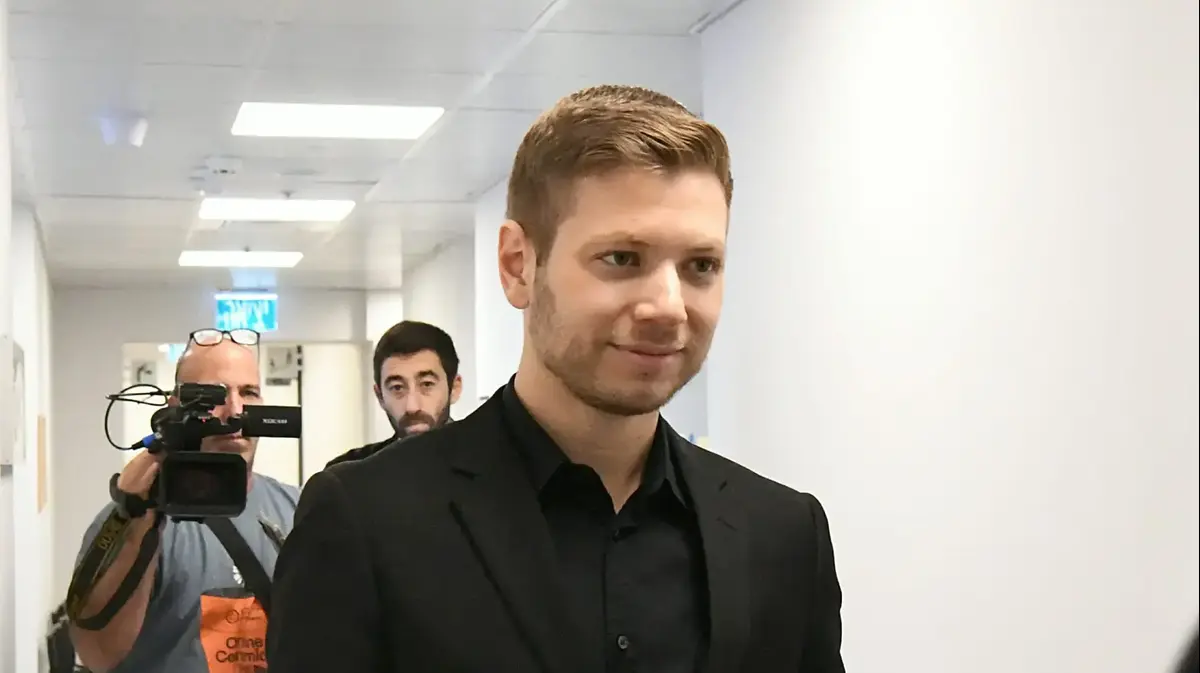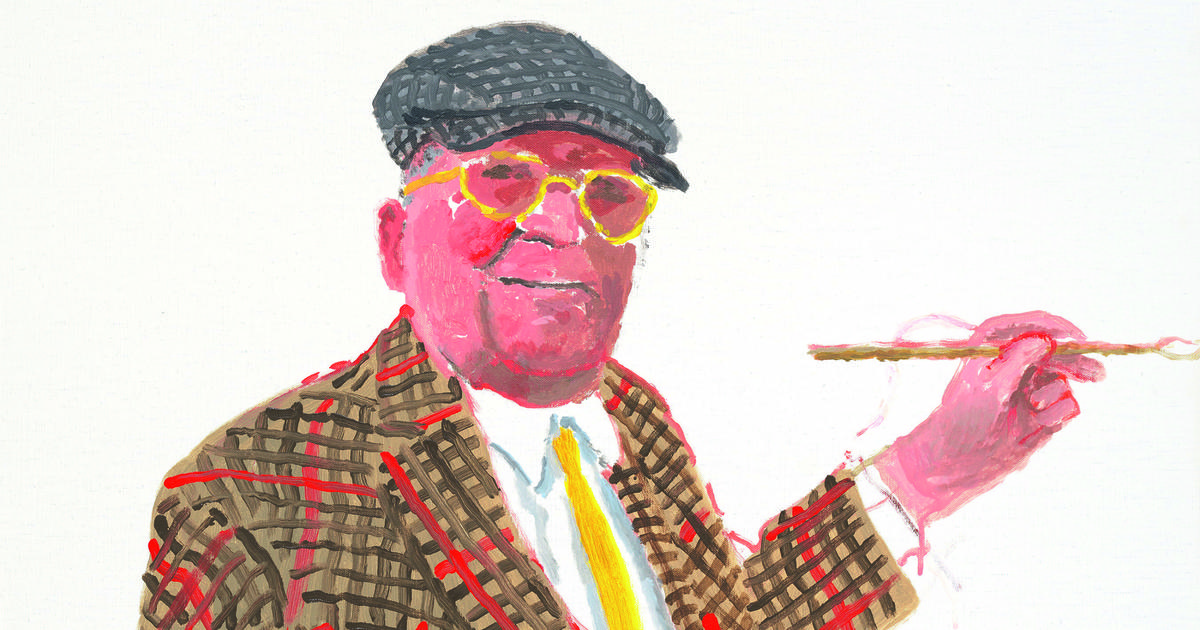news
News in Israel
Events in Israel
During the day they were forced to paint for the Nazis, and at night they painted the reality of ghetto life
On the 60th anniversary of the Moreshet community center, it will feature an exhibition built from original archival materials that have never been made public, by painters who lived in the Theresienstadt ghetto.
"In the paintings they saw a strange world of overcrowding and poverty, of people whose clothes are too big for their thin limbs, of frightening and dark buildings"
Tags
holocaust
ghetto
Eli Ashkenazi
Thursday, 04 November 2021, 15:00 Updated: Saturday, 04 December 2021, 15:40
Share on Facebook
Share on WhatsApp
Share on general
Share on general
Share on Twitter
Share on Email
0 comments
On the sixtieth anniversary of the Moreshet House, a house of testimony named after Mordechai Anielewicz, the institution that deals with Holocaust research and education chose to present an exhibition built from original archival materials that were never made public, by painters who lived in the Theresienstadt ghetto.
Secretly in the ghetto, the artists painted pictures of the difficult daily life, in an attempt to tear up the Nazi mask of lies and expose them to the outside world.
Their underground work was discovered by the Nazis and some paid for it with their lives.
"We would often paint starving prisoners at night, child deportations, scenes of executions," the painter Lau (Lev) Haas described the reality of his life and the lives of five other Jewish painters who lived in the Theresienstadt ghetto, where they were forced to create propaganda materials for the Germans.
More on Walla!
Yad Vashem Opinion: The reliability of an assessment for tattoo burning in Auschwitz is questionable
To the full article
Badzich Prita, Camp Synagogue (Photo: Official website, Mordechai Anielewicz Testimony House)
More on Walla!
Lapid and Shasha-Bitton demanded that the number-burning kit be transferred from Auschwitz to Yad Vashem
A kit for burning numbers of Auschwitz prisoners goes up for auction: "Moral defect"
More money in the account: Where is the most profitable to open a savings plan?
The Theresienstadt ghetto was established in 1941 in the town of Terezin in the Czech Republic, an ancient fortress city occupied by the Germans.
For Nazi propaganda purposes, the ghetto was presented to the world as a Jewish settlement.
The Germans even decided to present Theresienstadt before a commission of inquiry of the International Committee of the Red Cross.
Prior to the committee's arrival, deportations, mainly of patients and the elderly, were made to the Auschwitz extermination camp, so that the density in the camp would decrease.
In the ghetto, sham shops, a cafe, a bank, kindergartens, a school and other public institutions were opened.
And towards the arrival of the committee, on June 23, 1944, flowering gardens were even planted.
After the visit of the committee, the Nazi authorities made a propaganda film about the new lives of the Jews under the auspices of the Third Reich.
Upon completion of filming, most of the film's actors were sent to the gas chambers at Auschwitz.
Out of about 140,000 Jews imprisoned in the ghetto, about 35,000 perished in the ghetto itself and about 88,000 were deported to death camps.
Leo Haas, "carrying his luggage on his back" (Photo: Official website, Mordechai Anielewicz Heritage House)
The ghetto had a technical department that was responsible for supplying water and electricity as well as for planning and renovating buildings in the ghetto. They had to provide immediate technical solutions for the expansion of the ghetto and the absorption of 70,000 prisoners who were crammed into an area that was originally intended for 6,000 people. The drawing team of the technical wing consisted of Jewish painters, residents of the ghetto. Apart from technical drawings, they were also tasked with drawing works and graphics that came from Nazi army headquarters in various places.
From the work materials they received they were able to save and save for paintings they painted after work hours. In those paintings they expressed what they felt and documented the real life of the ghetto; Queues for food, carts carried by the dead, sick and dying people.
Yuval Danieli, the curator of the exhibition to be exhibited at Moreshet, explains that the works of Leo Haas, who is prominent in his presence at the exhibition, "express the pace of life in the ghetto, on the city streets, but also in the valley where thousands of prisoners gathered." In the background the walls of the old city and above a flock of free birds flying over the city to the open sky. The streets of Leo Haas are crowded with no breathing spaces. An oppressive ominous density. "He carries all his property on his back, with a sign with his personal number tied around his neck."
Hugh Sapir, Terezin Ghetto (Photo: Official Website, Mordechai Anielewicz Testimony House)
The artists managed to smuggle some of the paintings outside the ghetto walls. "The Nazis wanted to show the outside world a ghetto for example where a free life runs, a ghetto of enlightened rule, which visitors come to visit to see the good life that takes place in it," Danieli said, adding: "It is all a stable pink Star of David, but its streets with its buildings and people are enclosed in a black swastika that closes in on them with no way out, as can be seen in the illustration of the Dutch graphic artist Hugh Sapphire."
In July 1944, the Gestapo discovered in a shop for art, paintings that were undoubtedly originating in the Theresienstadt ghetto and it was also clear who the painters who painted them were. "In the paintings they saw a strange world of overcrowding and poverty, of people whose clothes were too big for their thin limbs, of frightening and dark buildings," Danieli said.
The painters were accused by the Nazi authorities of horrific propaganda, some were executed in the small fortress in the ghetto and some were sent to the Auschwitz extermination camp;
The painters were: Otto Unger, Bedrich Frita (Fritz Tausig), Peter Keane, Ferdinand (Felix) Bloch, Leo Haas, and the architect Troller.
In Djich Prita, "The Fortress" (Photo: Official Website, Mordechai Anielewicz Heritage House)
Frita was sent to Auschwitz where he died, his wife was murdered in the small fortress of Terezin and their three-year-old son, Tommy, survived and was adopted after the war by Leo Haas. Haas himself was severely tortured and then sent to Auschwitz and then to Sachsenhausen, where he was drafted into a counterfeiting operation aimed at collapsing Allied economies. After the war he moved to East Berlin and became an art professor. Hugh Sapir survived in the ghetto until the liberation and after the war emigrated to the United States.
Apart from the paintings that were smuggled out of the ghetto, the artists hid many paintings in various hiding places. After the war, Haas returned to Terezin, where he found about 400 of his paintings.
Haas' paintings and others were taken out of hiding and, according to Inbal Cohen, the archivist of the Moreshet House, paintings are to this day in the place where the ghetto was.
After the war and in the years that followed, paintings were collected by activists of the Hashomer Hatzair movement who were in Europe.
In later years, paintings preserved by Holocaust survivors who came to Israel and were transferred to the Moreshet House were collected.
According to Cohen, "in those years there was no orderly drawing and we can not say exactly how the paintings were rolled out to us."
A heritage house was established 60 years ago by Holocaust survivors, members of the underground and partisans who belonged to the Ha - Shomer ha - Tsa'ir youth movement.
"The founders' goal was to commemorate the Holocaust alongside heroism and to emphasize Jewish standing and fighting during the Holocaust and World War II and the exhibition we put on is actually the essence of this house," Cohen said.
According to Danieli, "there was life in the ghetto. There was Jewish culture, schools, an orphanage and hospitals. There was also art that tried to break the hands of the painters. The exhibition tells the truth of life without fear and awe, it is also a kind of heroism."
Share on Facebook
Share on WhatsApp
Share on general
Share on general
Share on Twitter
Share on Email
0 comments

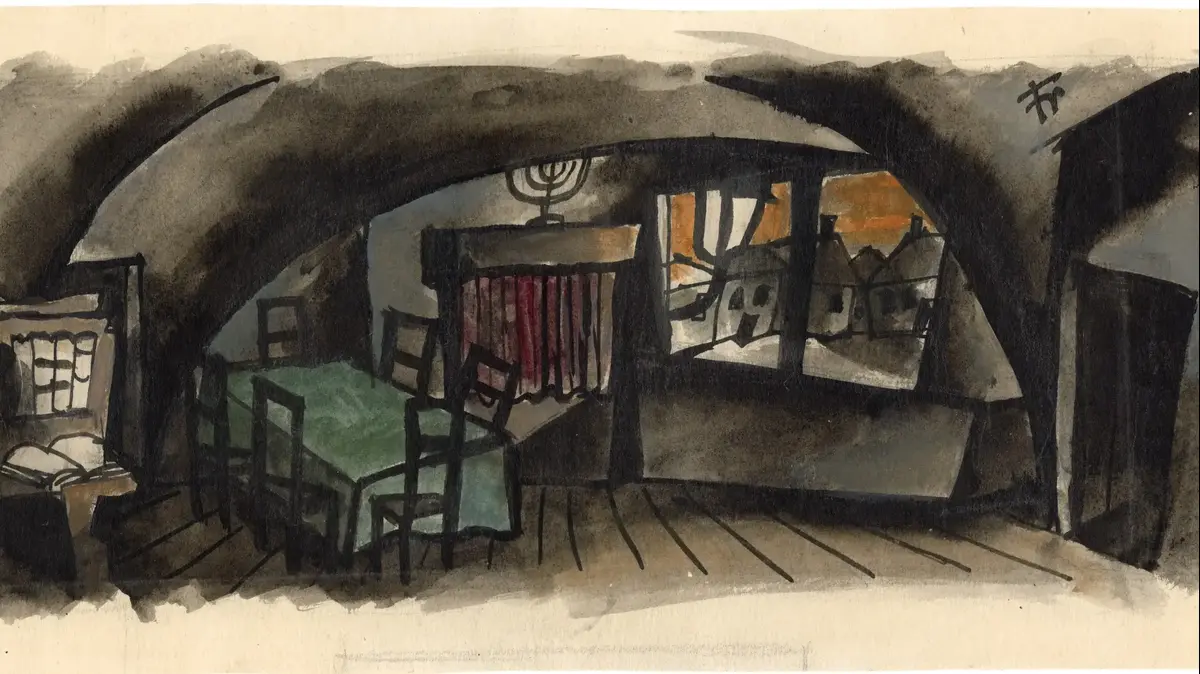
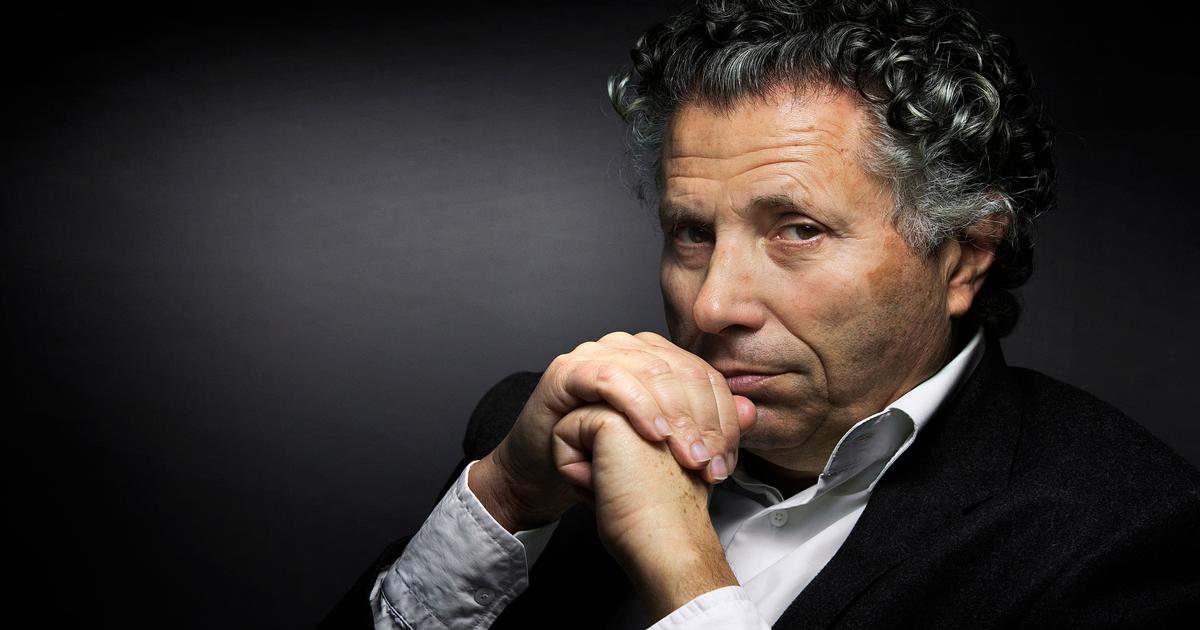
/cloudfront-eu-central-1.images.arcpublishing.com/prisa/ZQJTEK5BRJDBNBQDN4FYUJ4SSM.jpg)
